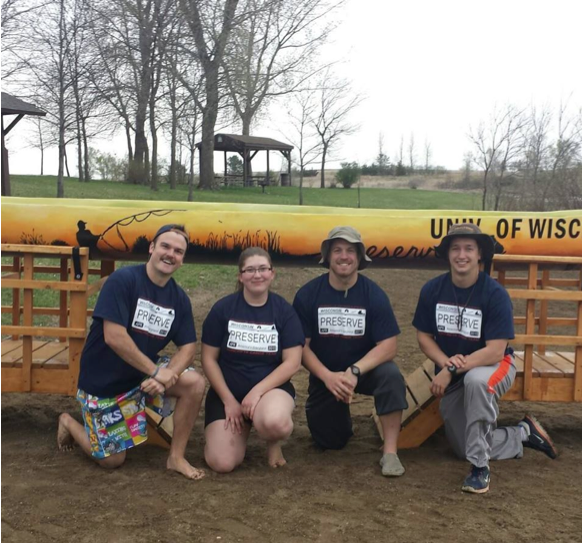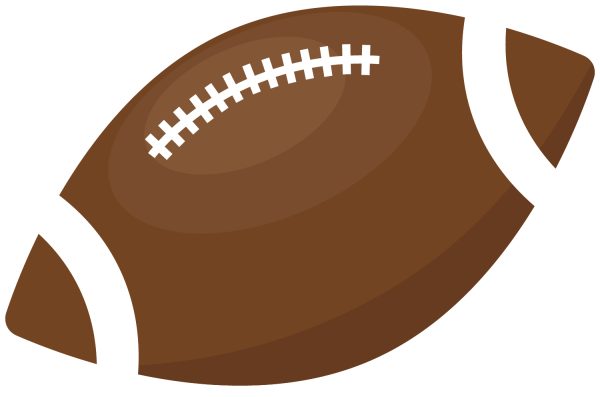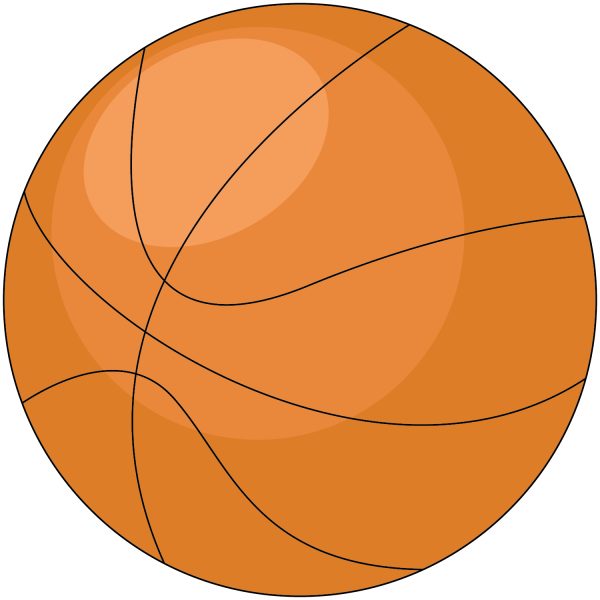Concrete Canoe

A floating concrete canoe, a national competition involving several division I engineering programs and a student chapter of the American Society of Civil Engineering has brought together 35 civil engineering students from the University of Wisconsin-Platteville to apply what they learn in the classroom to a rewarding annual tradition.
According to civil engineering major and concrete canoe team chairman, Evan Constant, UW-Platteville has won 10 of the last 11 Midwest regional competitions and this year they swept all the categories of the competition. The categories include final presentation, oral presentation, design paper and racing.
Among the teams at the regional competition include the University of Iowa, Iowa State University, North Dakota State University, South Dakota State University, the University of Minnesota, Minnesota State-Mankato, the University of Minnesota-Duluth, and Dordt College.
With assistance from Bard Materials and Plymouth Foam, as well as a carefully constructed ASCE budget that the team operates on, the team is required to follow a well-designed workflow in order to create and compete with other schools first in a regional competition and then possibly at nationals.
“Building a canoe out of concrete brings forth several challenges that students need to think through to overcome and be competitive on a national level,” senior civil engineering major and team chairman, Alex Schleis said. “Time management, communication, teamwork, and attention to fine details are all necessary to make something like a concrete canoe float and be competitive against schools that have 10 times the budget that we get to work with.”
Primarily student-run and organized, the concrete canoe team is advised by several civil engineering professors including Dr. Philip Parker, Dr. Mark Meyers, and Dr. Keith Thompson.
According to the third team chairman and civil engineering major Natalie Krajewski, the advisors primarily assist in travel arrangements and assistance in project design and the written portion of the project.
According to the team’s design paper, the total cost of materials calculated out to $1,316.79.
“We use a lot of the same materials found in regular concrete such as cementious materials, water and aggregate,” Krajewski said. “However instead of rocks for aggregate, we use glass bubbles that are significantly lighter and lower our unit weight allowing our concrete to float. We also use fly ash in our concrete, which is a renewable material as it is a by-product of coal production.”
Although all four chairmen of the team are graduating seniors, the tradition of
applying classroom knowledge to a competition-based building experience is something the final chair, Bryce Corrigan, appreciates.
“This was a fun experience that required me to use my schooling for a competition application,” Corrigan said. “Being involved in this I have formed many different relationships that will last throughout my professional life. It has made me want to continue to be involved in ASCE.”
The four chairmen are unsure of when the concrete canoe team exactly started at UW-Platteville, but none of them want to see it end any time soon.
“I will definitely look to help out when I can after I graduate whether it be through donations or troubleshooting for future teams,” Constant said. “I have always had a great time working with people in concrete canoe and been proud of what we have been able to accomplish over the past four years.”






